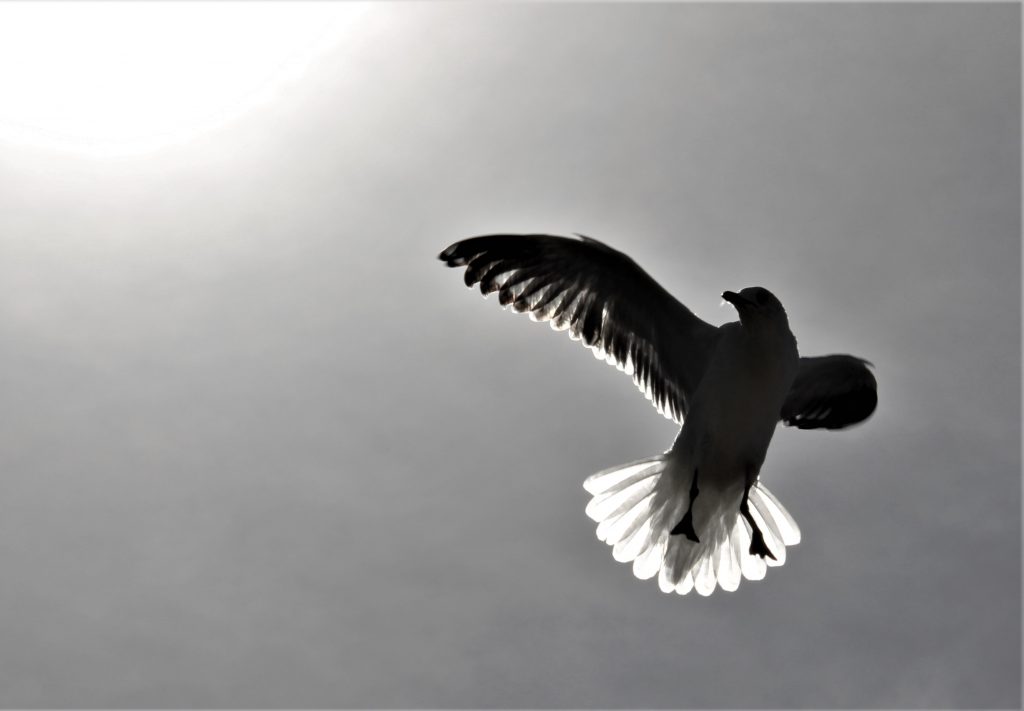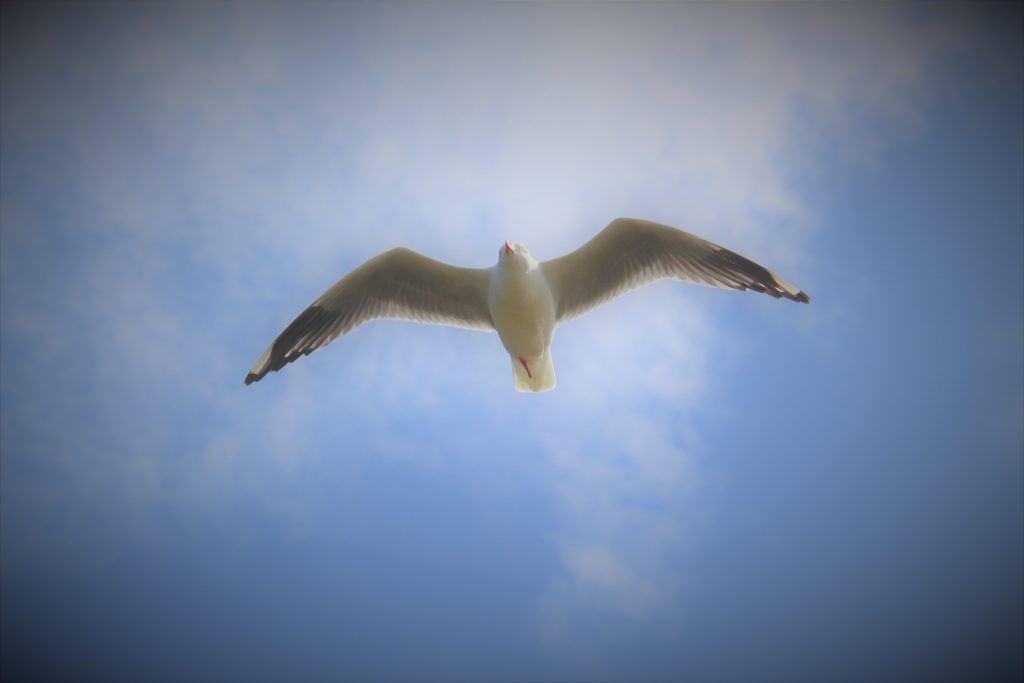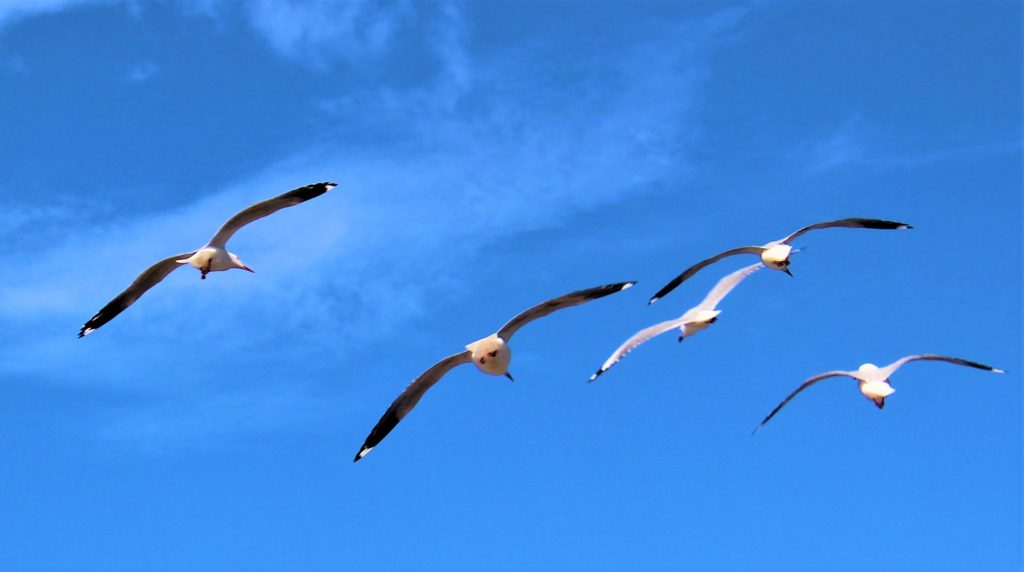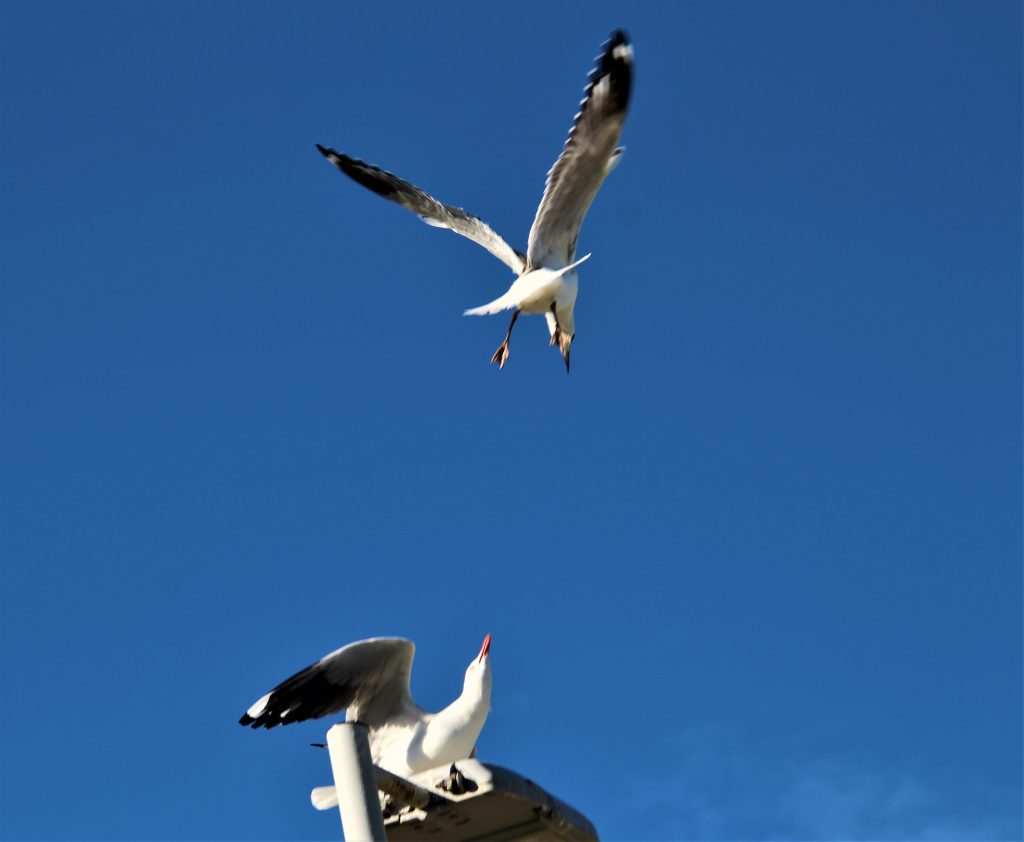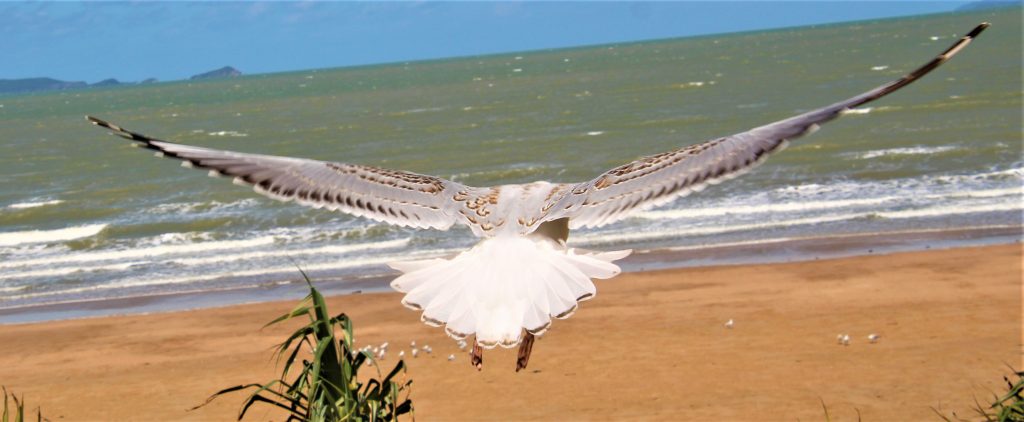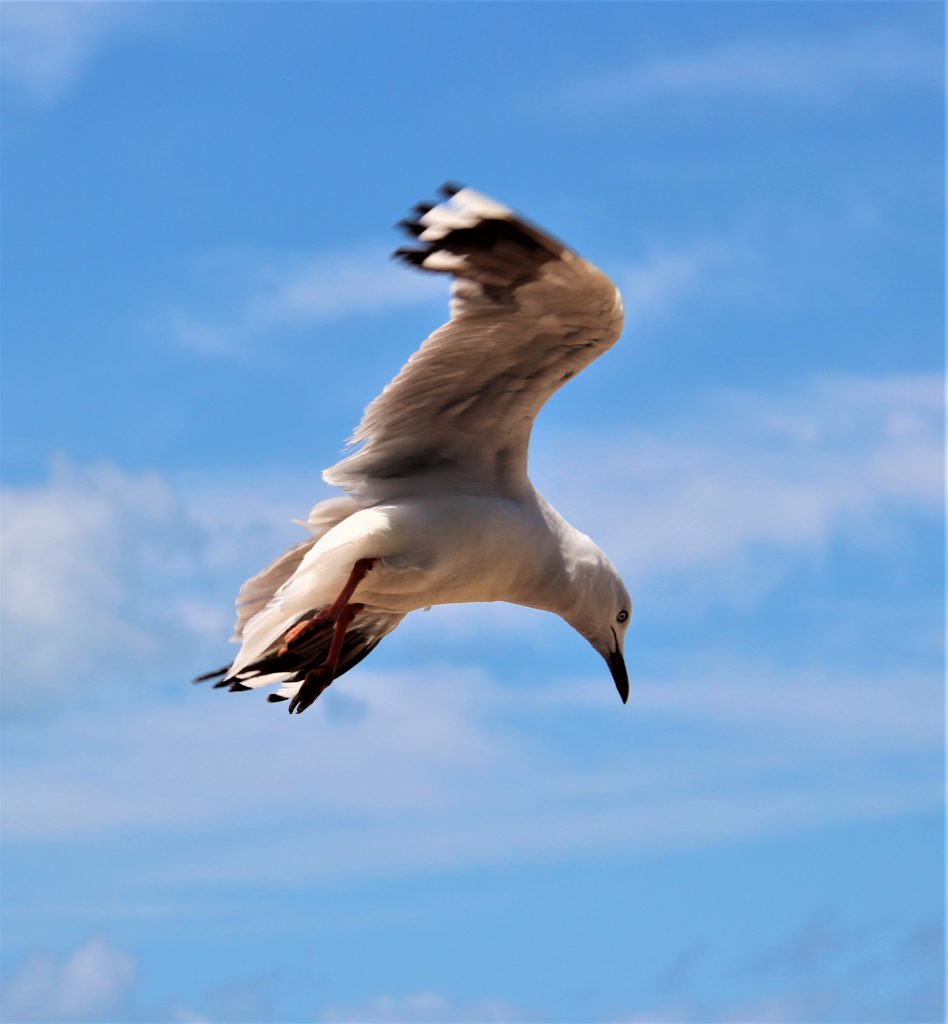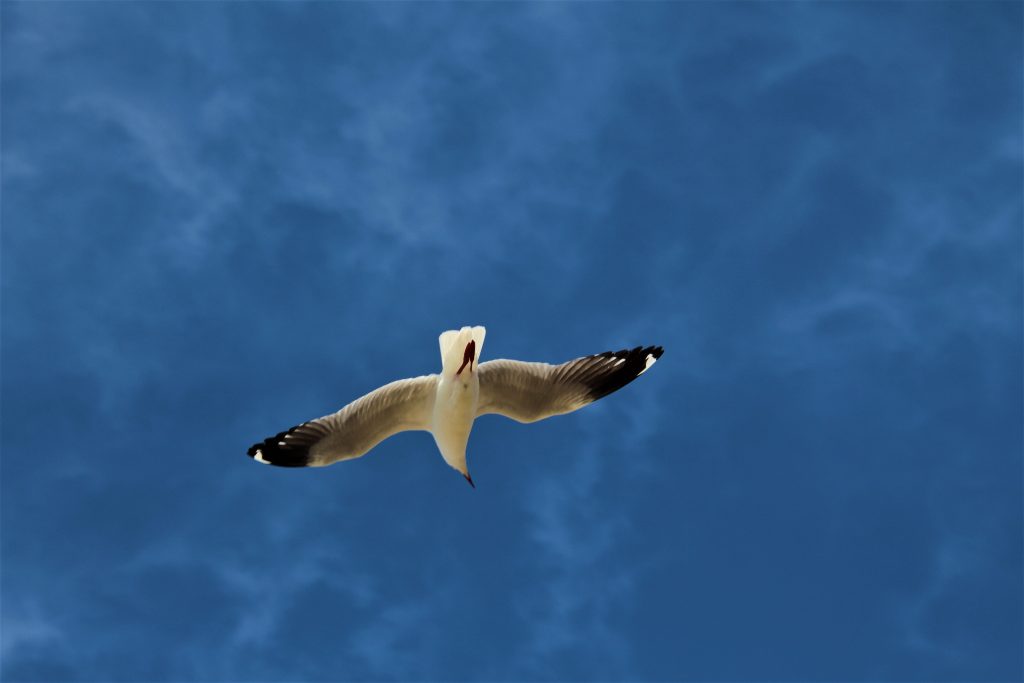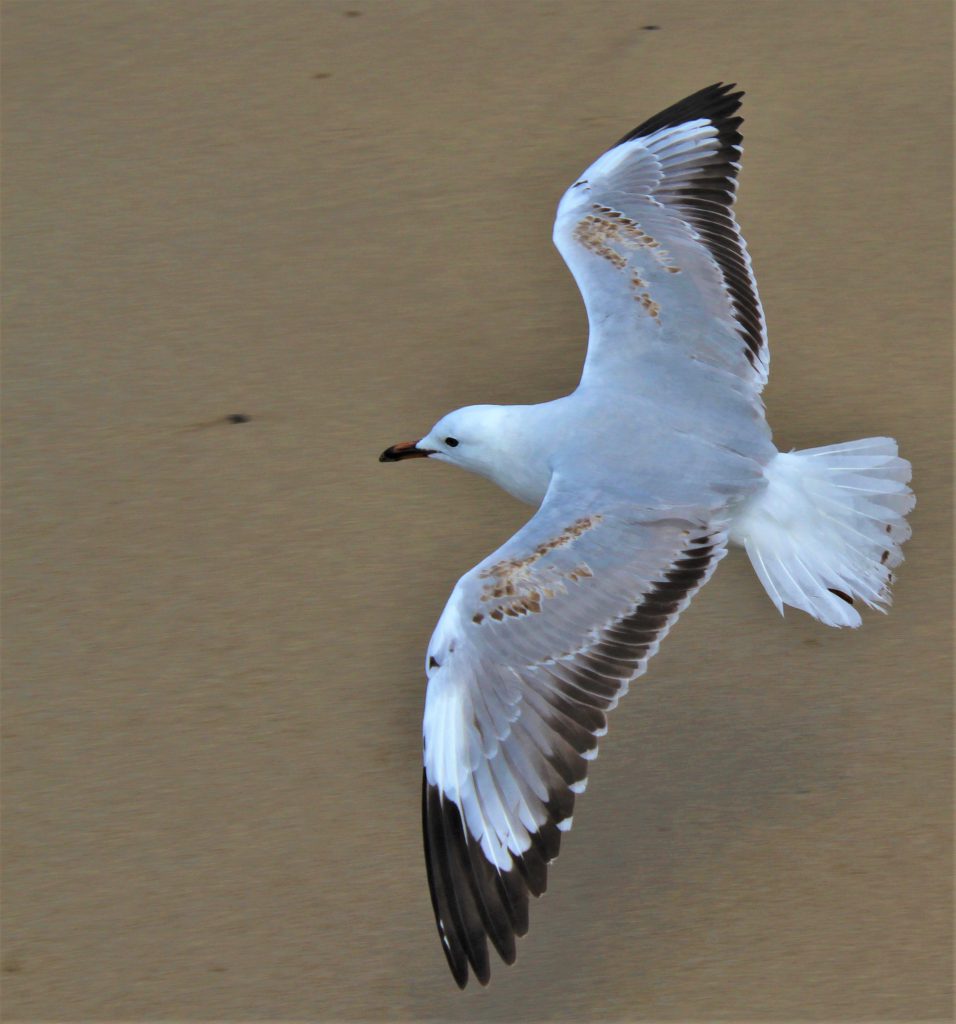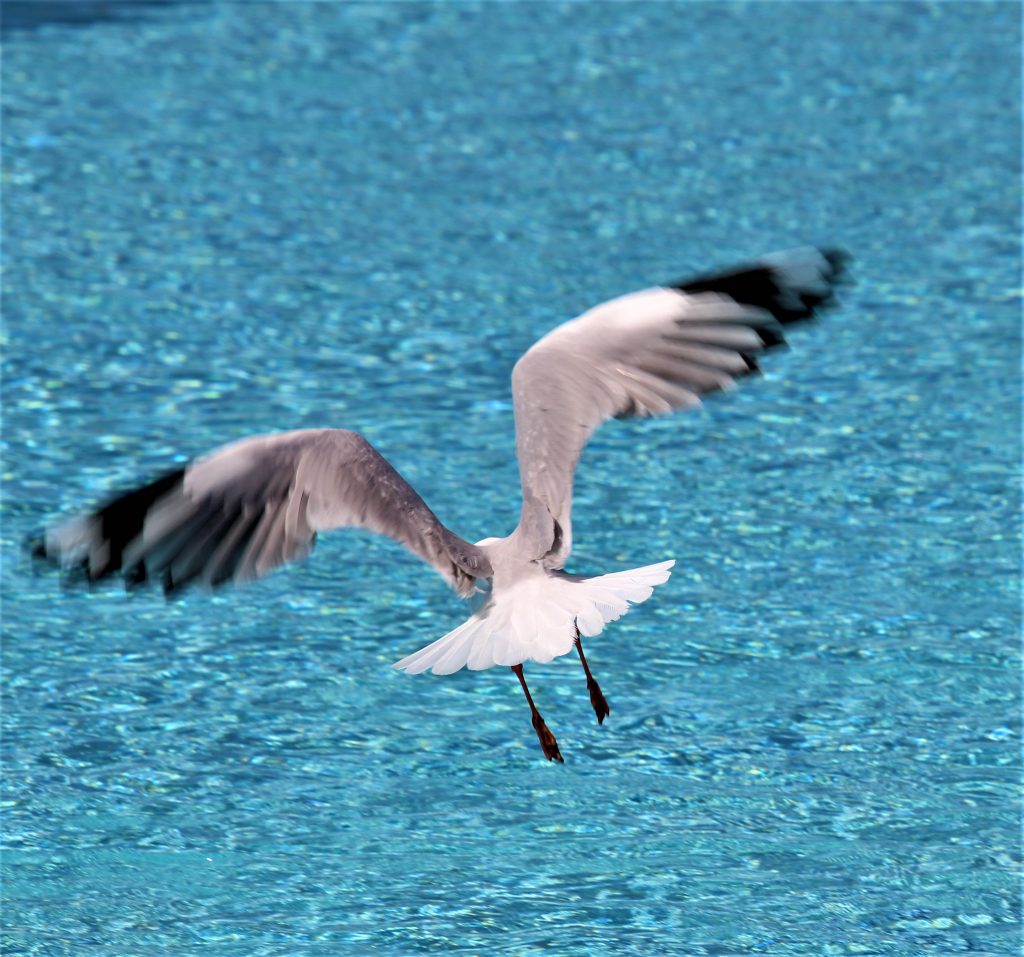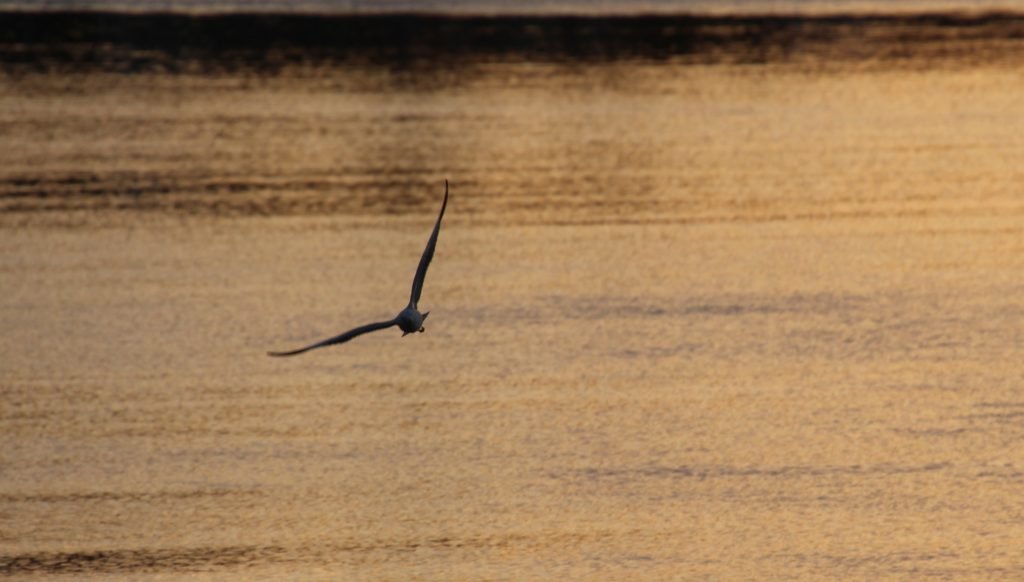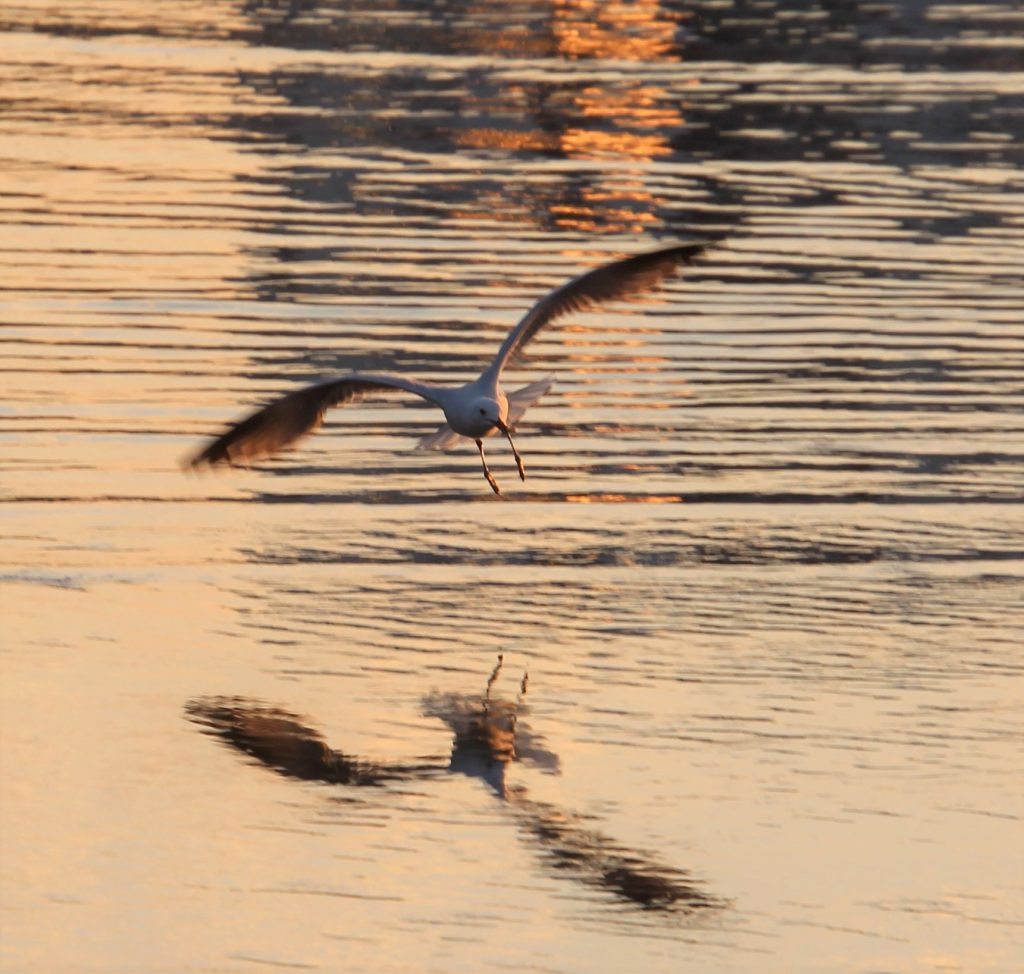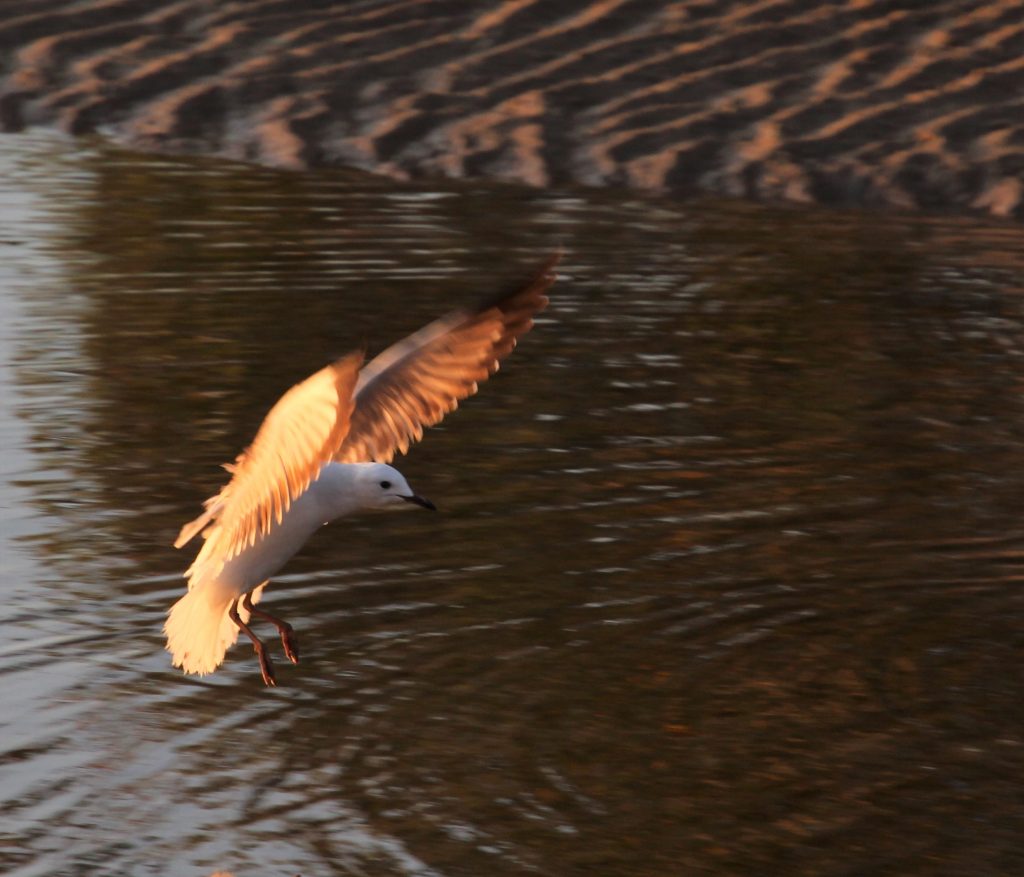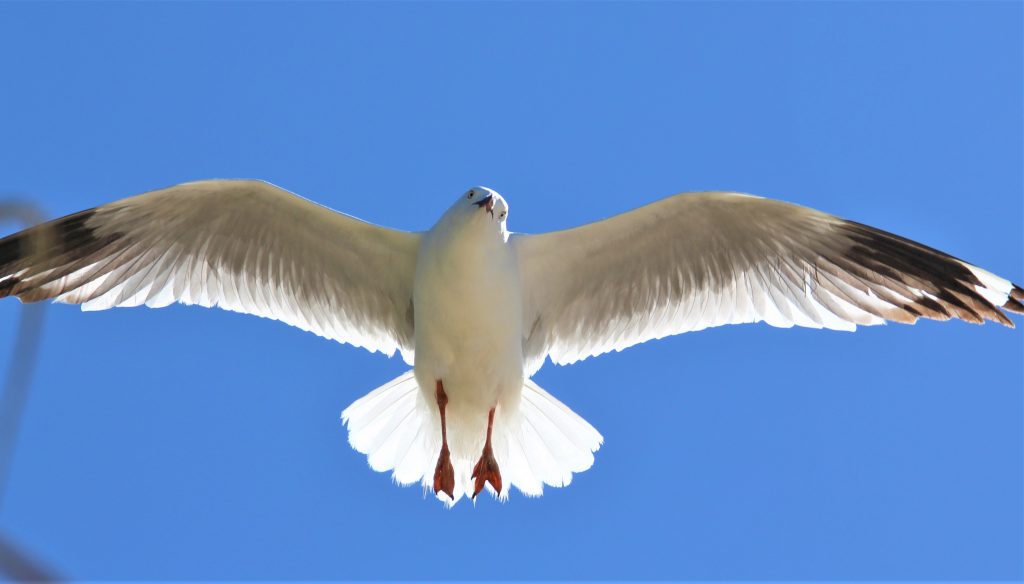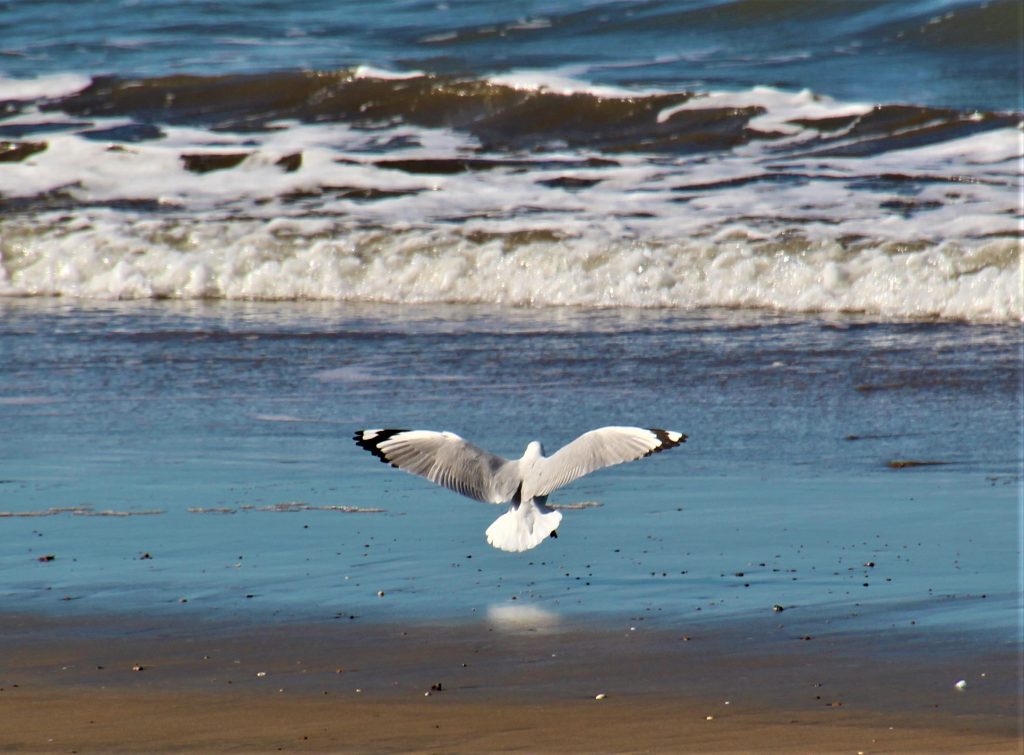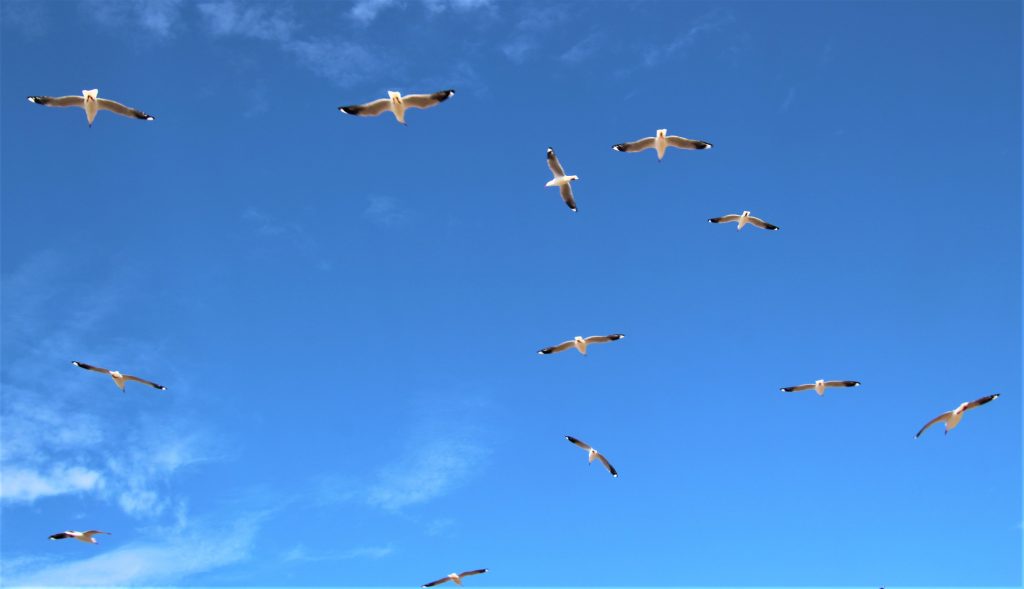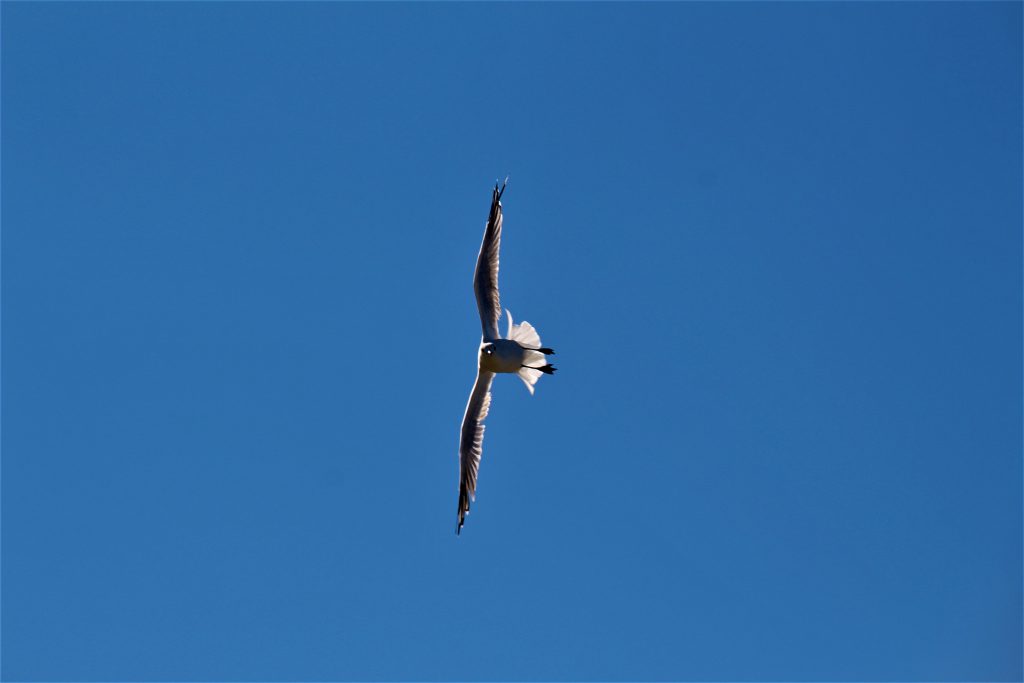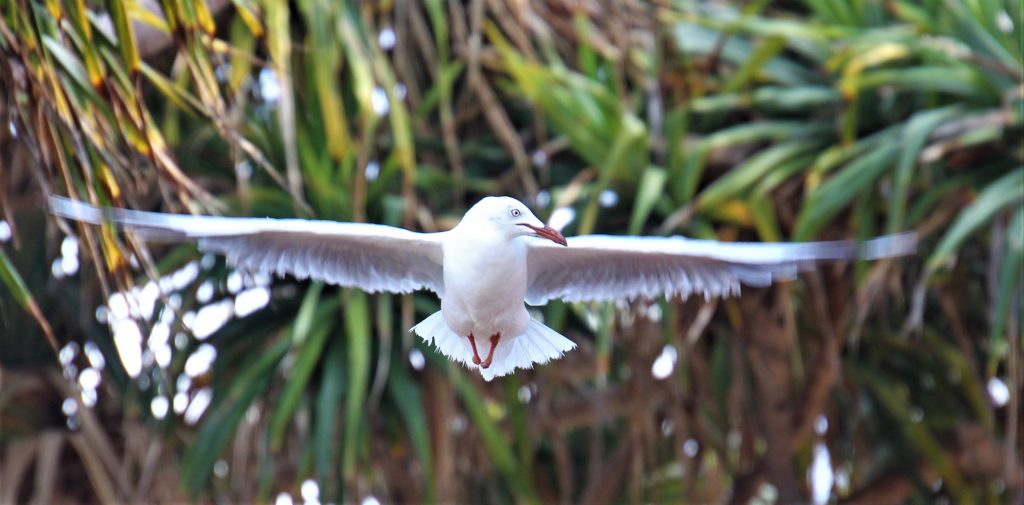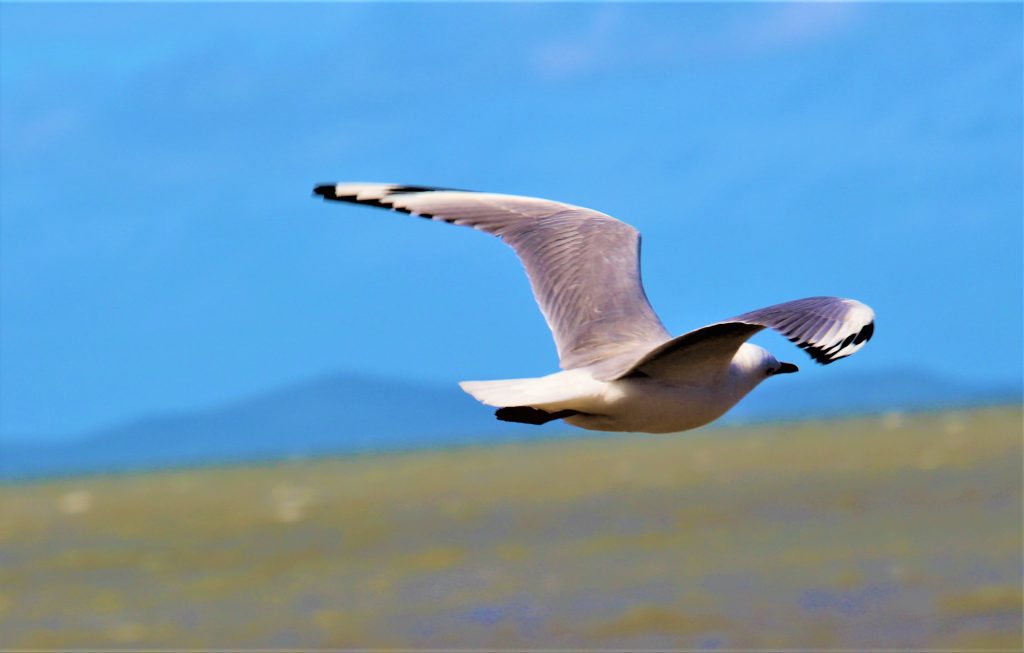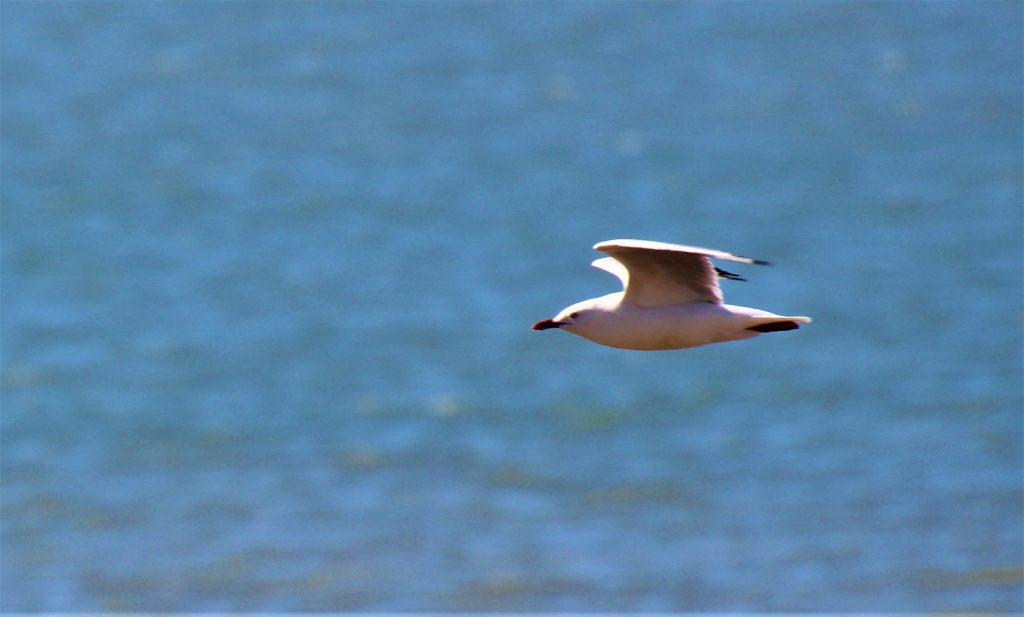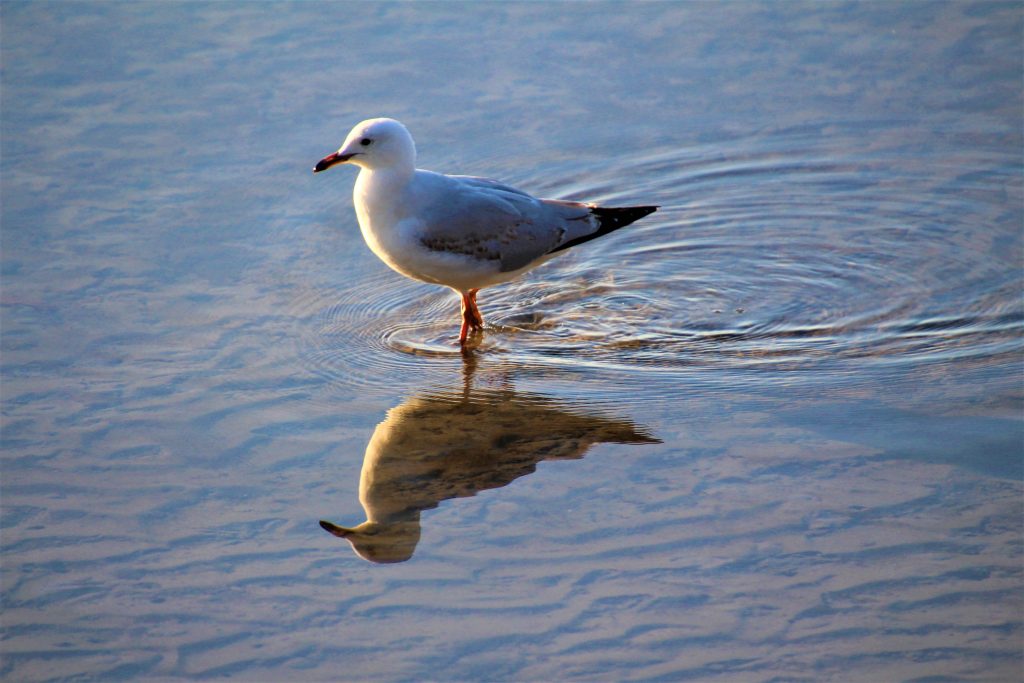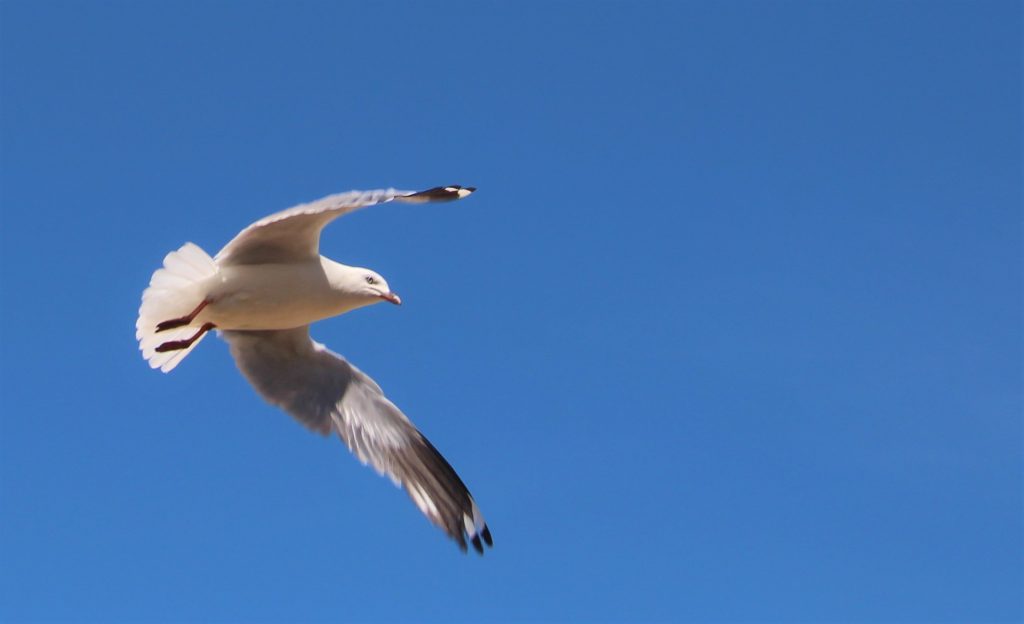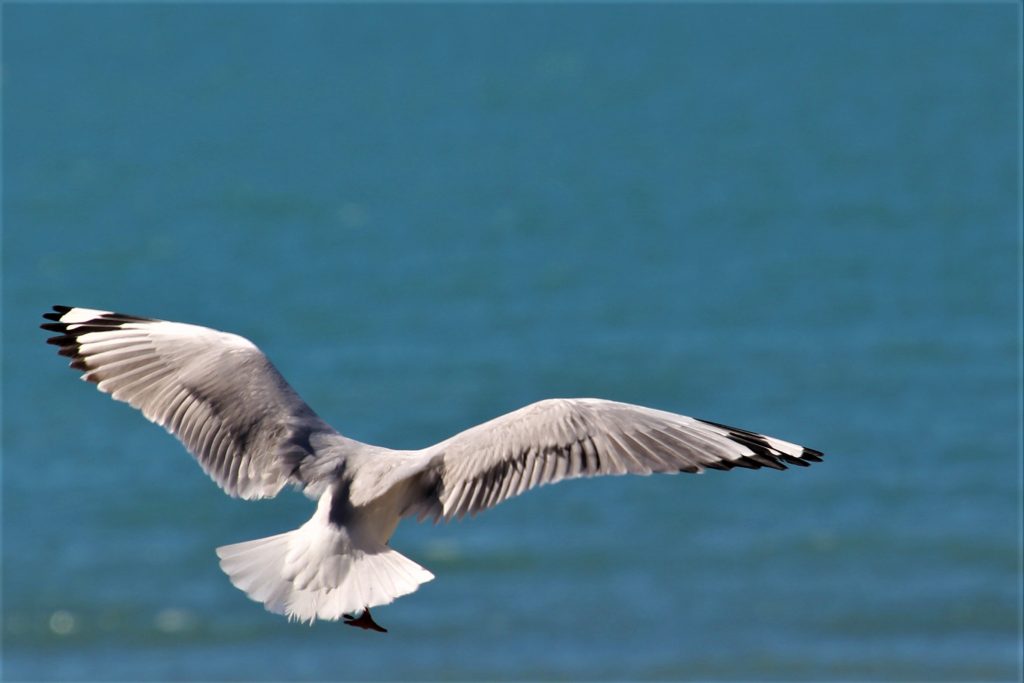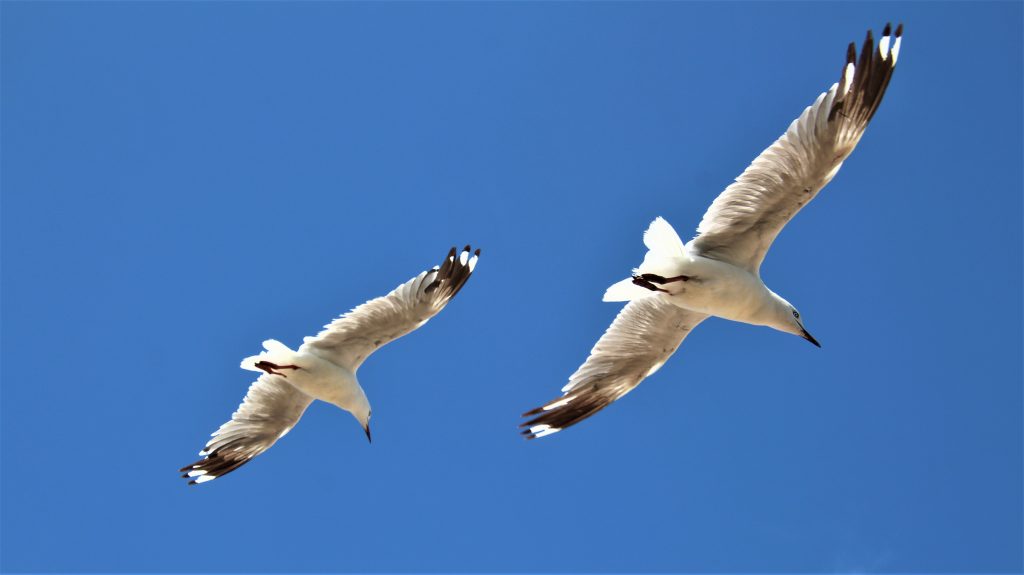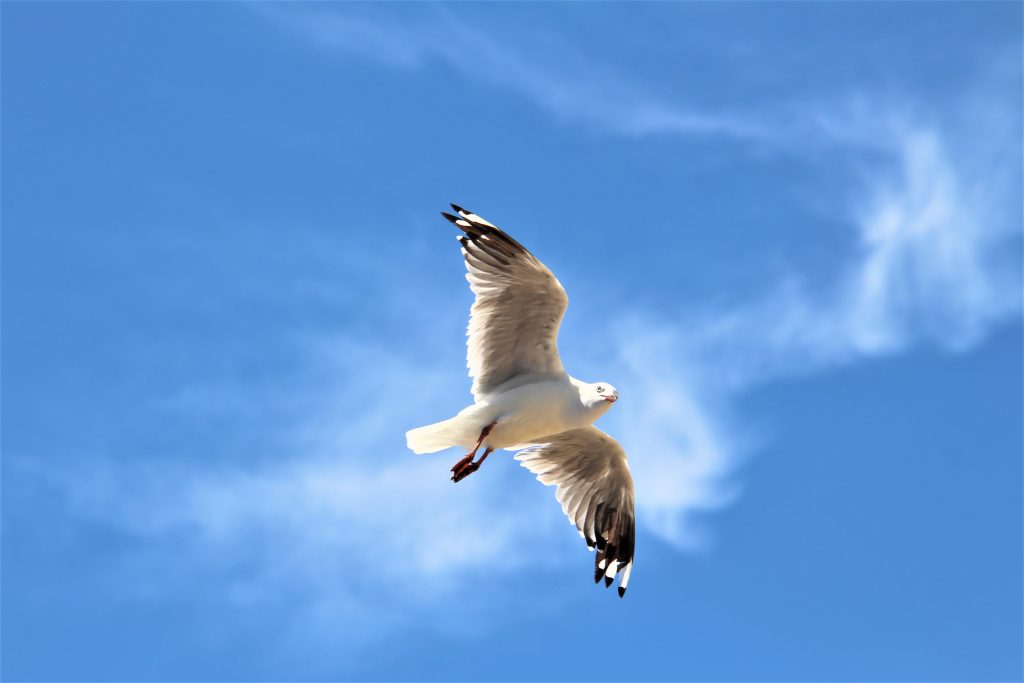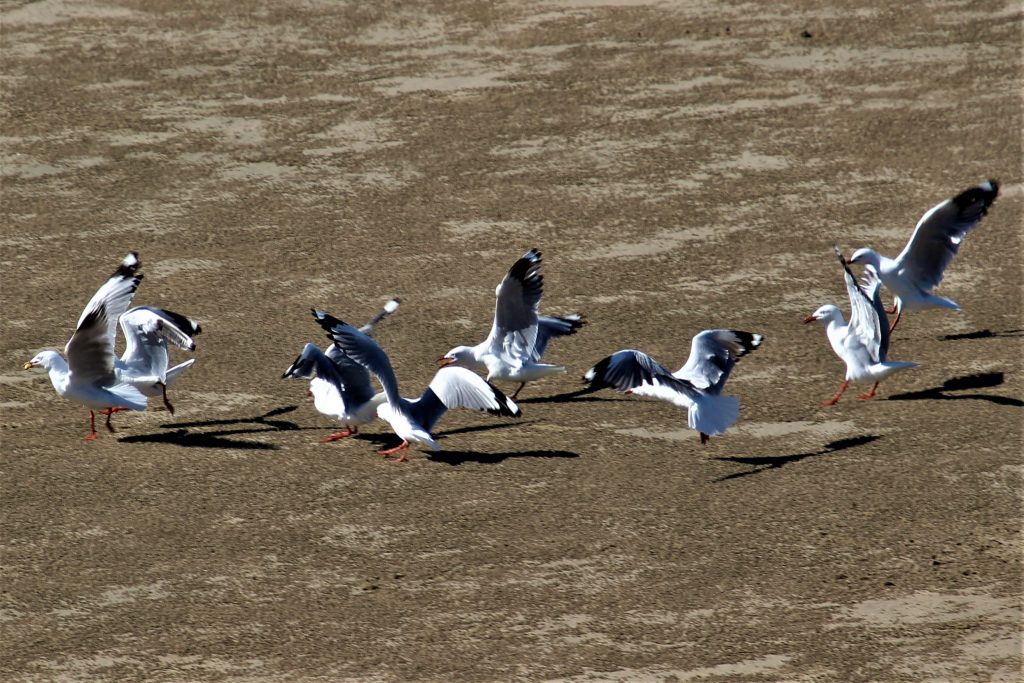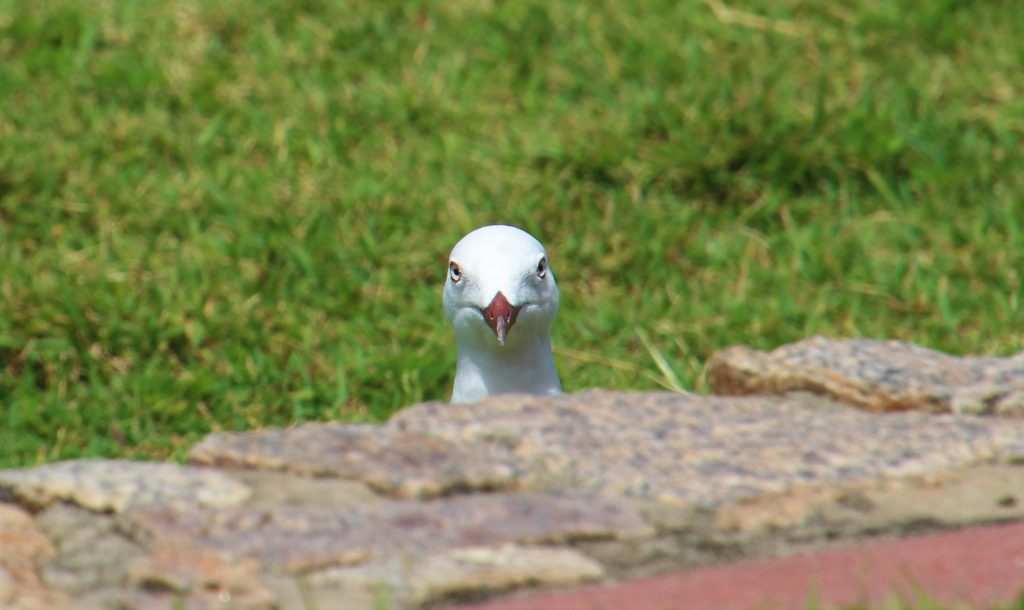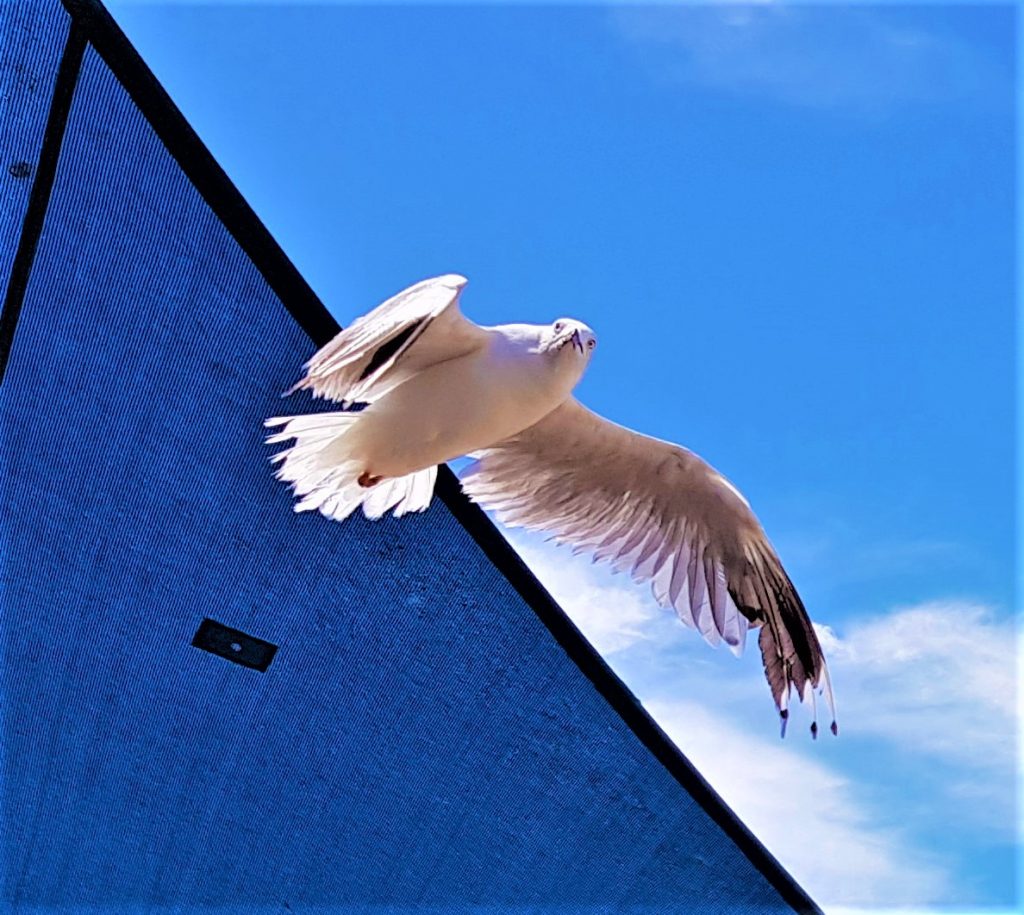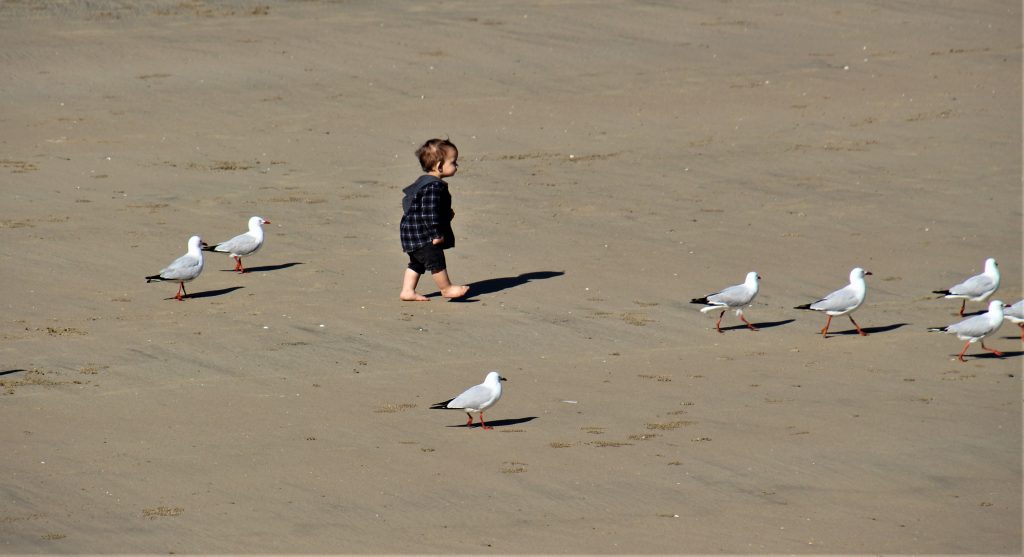In the early 1970s seagulls made a dramatic intervention in human life via Jonathan Livingston Seagull, thanks to the fable book of one Richard Bach. A something parable about achieving self-perfection, Jonathan the seagull took the world by storm. Within a couple of years over a million copies of the book were sold as it found its place on bestselling lists.
Jonathan also found his way into secular spirituality, connecting with the self-help and positive thinking culture prominent at the time.
He also found his way into expressions of religious spirituality, projected – absurdly – as a Christ figure. Seeking perfection by his own efforts after being expelled from his flock, Jonathan returns to the flock in order to transform them into an image of himself.
This is an antinomy of the Christ of the scriptures. Paul writes in his letter to the Philippians: “His state was divine, yet he did not cling to his equality with God. But emptied himself, to assume the condition of a slave, and became as men are; and being as all men are, he was humbler yet, even to accepting death, death on a cross.” (Ch 2:6-8)
Following the success of the book, in 1973 Jonathan Livingston Seagull sought fame through a film directed by Hall Bartlett. If the book soared Jonathan to fame, the movie brought him crashing back to earth. The movie was savaged in reviews, barely covered costs at the box office and occasioned a number of lawsuits.
The one positive, for me, was the music of Neil Diamond that was created by the singer/songwriter for the movie.
Having said all that and leaving Jonathan aside, I confess to being captivated by seagulls. Food scavengers they are and bickering they have created in art form, but in the air they are the epitome of grace and freedom of movement.
